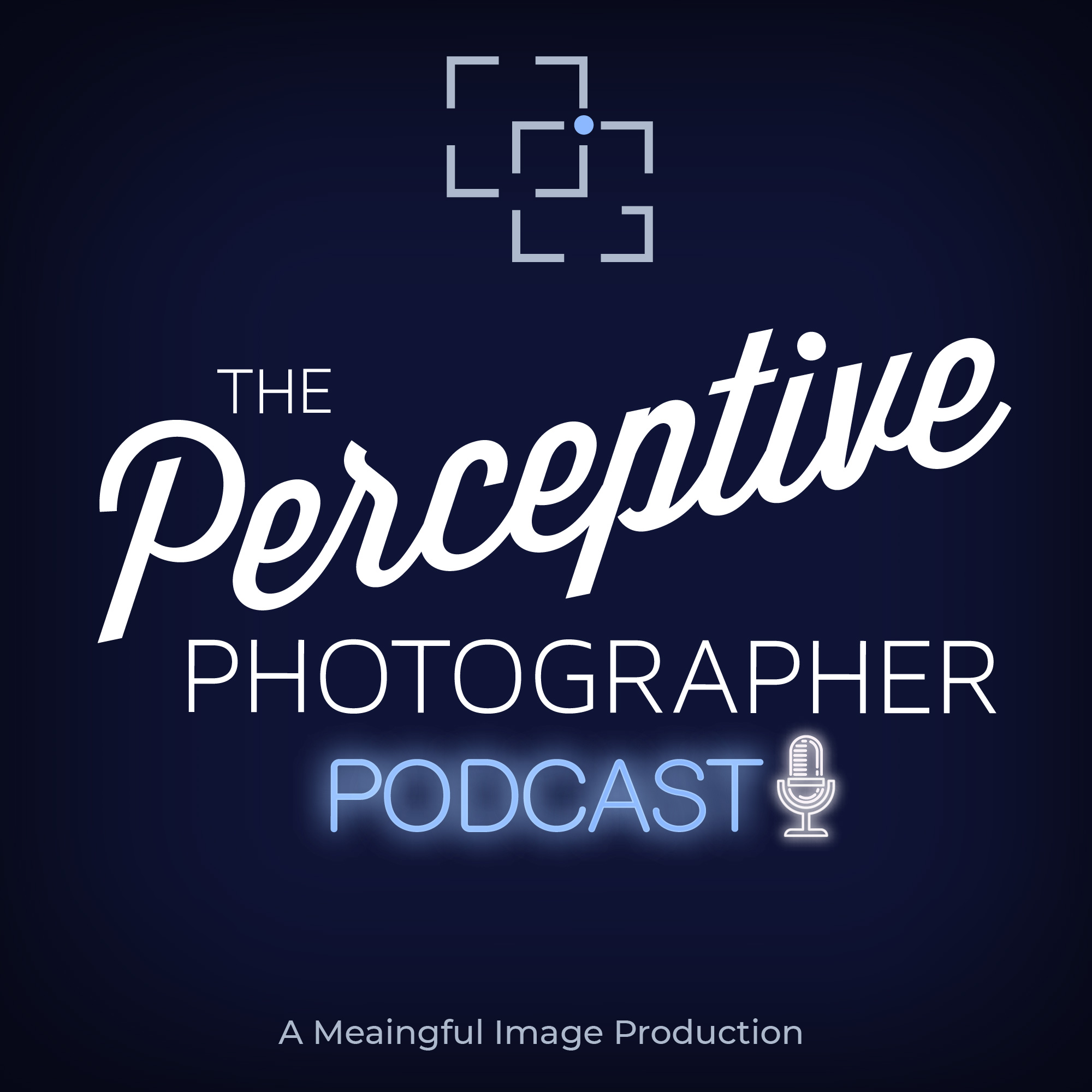 In episode 38 of the podcast, I talked about seeing in color verse black and white. Since then I have had a number of conversations about what makes a good color photograph. This is a very complex question as a lot of elements come into play when talking about what makes a good photograph. However, there are a number of key concepts about color and color theory that can help us to understand what the color and color structures are doing within an image to better help us understand the photograph.
In episode 38 of the podcast, I talked about seeing in color verse black and white. Since then I have had a number of conversations about what makes a good color photograph. This is a very complex question as a lot of elements come into play when talking about what makes a good photograph. However, there are a number of key concepts about color and color theory that can help us to understand what the color and color structures are doing within an image to better help us understand the photograph.
In this, part 1 of 2, episode of the podcast, I give a basic introduction to the concepts of color, some basics of color theory and key areas to focus on to create good color images. Color can be broken down into key components. Hue (the actual color), brightness (degree of lightness and darkness), and saturation (purity of the color) all make up a given color. We can also introduce tints by adding white or tones by adding black. Even with this very specific way to describe color, we often times describe color with non-descriptive adjectives such as lemon, ruby, fire-engine. These adjectives help us understand colors, but they are not accurate nor consistent.
Key Color Concepts
Colors are only able to be understood in relationship to other colors. We need colors to exist side-by-side so that we can understand and relate to them. Some colors, based on their position on the color wheel, will create complementary colors other times they will lack a cohesive harmony. Our understanding of colors will also change the longer we look at the colors. Our own perceptions change and become more insightful as we look into the colors, which is why we often times will be more likely to linger at a more subtle but complex image verse a bright high contrast image.
Color Printing Concepts
Finally in the podcast, I talk about the importance of removing color cast, printing with the proper density to maximize color shifts and tones and working with colors that remain plausible to the image. In part two of the podcast next week, we will explore more in-depth some color theories and how all this can be applied to critiquing your work and the work of others.
Podcast: Play in new window | Download
Subscribe: Spotify | iHeartRadio | TuneIn | More

